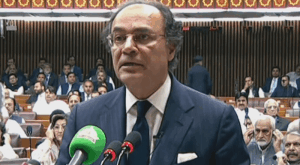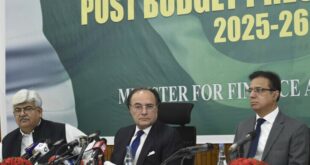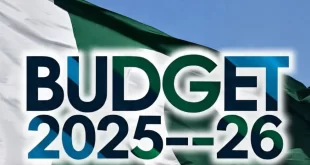
Pakistan’s overseas workers’ remittances surpassed the country’s export earnings in the first half of fiscal year 2024-25, despite the Prime Minister’s emphasis on boosting exports.
Official data reveals that remittances totaled $17.645 billion in this period, compared to $16.561 billion in exports, creating a $1.084 billion gap. In December 2024 alone, remittances reached $3.079 billion, marking a 6% month-on-month increase. By comparison, exports in December stood at $2.841 billion.
Monthly figures show that July’s exports were $2.307 billion and remittances $2.994 billion. In August, exports rose to $2.762 billion, with remittances slightly lower at $2.942 billion. September saw exports at $2.840 billion and remittances at $2.860 billion. October’s exports reached $2.984 billion, while remittances were $3.055 billion. In November, exports totaled $2.833 billion, and remittances amounted to $2.915 billion.
Economists attribute the weak export growth to a lack of industrial competitiveness caused by severely contractionary fiscal and monetary policies under the ongoing IMF program. “A high number of people are leaving Pakistan for better employment opportunities, along with a stable difference between open market and interbank exchange rates, and strict enforcement against illegal currency trading,” said Tahir Abbas, an analyst at Arif Habib Securities.
Enhanced monitoring under the Financial Action Task Force (FATF) framework, crackdowns on informal remittance channels like hawala and hundi, and narrowing the gap between open market and interbank exchange rates have encouraged expatriates to use official banking channels. Additionally, increased migration to the Middle East and Europe post-COVID-19, coupled with economic recovery in key remittance-sending regions, have bolstered inflows.
Former Commerce Minister Gohar Ejaz criticized the Federal Board of Revenue (FBR) for discriminatory policies favoring imports over local industries. He pointed out that imports from China are exempt from GST, while local value chains face taxes.
“The FBR collects tax on imports and refunds it under the Export Financing Scheme (EFS), but non-traditional exports and locally manufactured raw materials suffer due to this system,” he argued. Ejaz called for support for Pakistan’s $20 billion downstream industry and highlighted significant improvements in the textile sector.
The textile sector, a key contributor to exports, earned $9.5 billion during the first half of the fiscal year, up from $8 billion in the same period last year. This growth, driven by diverted orders from Bangladesh, equates to an average of $1.65 billion in monthly exports.
Despite these gains, Commerce Ministry sources expressed frustration over the lack of progress in facilitating exporters. Budget proposals to support exporters were reportedly rejected, and directives from Prime Minister-led meetings of the National Export Development Board (NEDB) have yet to yield tangible outcomes.
One unresolved issue is the enhancement of the EFS limit beyond Rs 230 billion. The Finance Division indicated that the SBP is phasing out the EFS under the IMF program, transitioning to the Exim Bank’s Long-Term Financing Facility (LTFF). The Exim Bank is finalizing its term sheet for the LTFF markup subsidy scheme, which will soon be presented for government approval.
Commerce Minister Jam Kamal recently chaired an NEDB Executive Committee meeting, urging swift action on pending issues. The Minister highlighted slow responses from relevant ministries, warning that unresolved matters will be addressed at the next NEDB meeting.
 BeNewz
BeNewz



